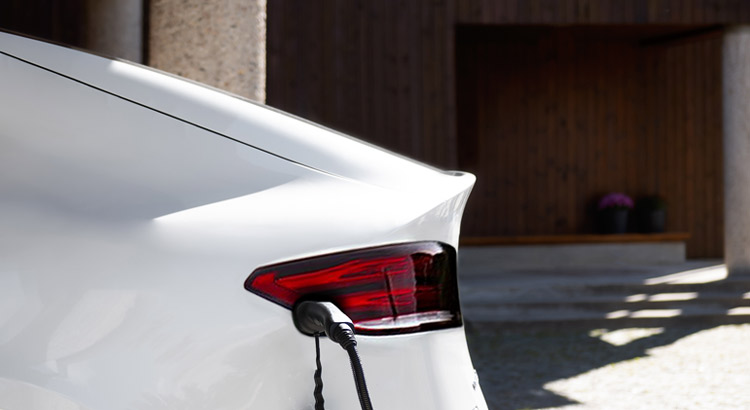How to Make Your Home EV Ready?

Are you considering buying an electric car? If yes, you belong to the vast majority. According to recent surveys, three out of five Australians would think about buying an electric vehicle as their next vehicle.
However, when it comes to the adoption of electric cars, we now lag behind the rest of the globe. In Australia, 1.5% of all new car sales are electric or plug-in hybrid vehicles, compared to 28% in Germany and 85% in Norway.
What has been preventing us?
The cost has been the biggest barrier since there aren’t many affordable electric cars in Australia. In other nations, such as Germany, the UK, and Norway, where governments have implemented policies to encourage car owners to move from gasoline and diesel vehicles to electric ones, the situation is very different.
Australia’s lack of government backing for EVs is about to change, though. To make electric cars more accessible, the newly elected Labour Government has promised to offer an electric car discount. A $50,000 electric car (like the Nissan Leaf) has now cost about $2,000 less after the Electric Car Discount came into effect on July 1, 2022.
Australia should become a more appealing EV market for car manufacturers with additional government-backed price subsidies. As a result, there should be more EV models available on the market and prices should be more competitive.
Do you have enough power supply?
Single-phase or three-phase power supply?
- To start, you must determine if your home is powered by a single-phase or three-phase electrical source. While many contemporary homes have three-phase, the majority of older properties are single-phase.
- Check the width of the primary switch at your switchboard to determine the type of power supply installed on your property. If it is only one “pole” broad, your power supply is single-phase; if it is three “poles” wide and resembles a triple switch, it is three-phase.
How quickly can you charge an electric car on single-phase and three-phase power?
- You should be able to charge an electric vehicle at 7.2 kWh using a single-phase power source, which adds around 40 kilometers of range each hour. This contrasts with a normal power point’s range of about 12 kilometers per hour.
- If your home is powered by three phases, you can charge your vehicle more quickly, at a rate of about 22 kWh, or 120 kilometers per hour.
- Obviously, these numbers will change based on the battery and car model.
Is it worth getting three-phase power to your property?
In most circumstances, the answer is yes if you’re creating a new build. This is due to the fact that installing three-phase does not cost significantly more than single-phase. And having three-phase power offers advantages that can far outweigh its costs, especially if you intend to convert your home to all-electric, powered by solar.
Is a dedicated circuit required?
A technician will need to establish a dedicated circuit from the switchboard to the position of your charger in order to comply with applicable regulations.
Cabling
You must take into account the distance between the switchboard and the charger as well as the cabling’s route. Is it feasible to run it through your ceiling or beneath your home? If you are doubtful, it is worth seeking an electrician’s opinion. It shouldn’t be a problem, though, if the switchboard is close to the charging point.
Can you charge your electric car for nothing with solar power?
Solar power system
Increasing the size of your rooftop solar system by 5 to 6 kW should produce enough solar power to charge the majority of EVs for nothing during the day. This ought to cover the usual daily commute for the majority of EV models.
Solar battery storage
Adding a home solar battery will enable you to use the solar energy you’ve stored to recharge your electric car overnight. This might be the best option if you don’t spend a lot of time at home during the day and want to gain more out of your excess solar electricity than simply exporting it to the grid in exchange for a small feed-in tariff.
Do you want guidance on EV charging and solar for your home?
Get in touch with a top solar company if you’d like to learn more about the viability of installing effective solar-powered EV charging at your house.
It makes sense to combine solar power with home EV charging. You can get an even better return from a rooftop solar system by using a home EV charger. That’s because using solar energy to run your car for nothing increases its value significantly.
Tags: electric car, electric vehicle, ev charger, home ev charging, solar ev charger
